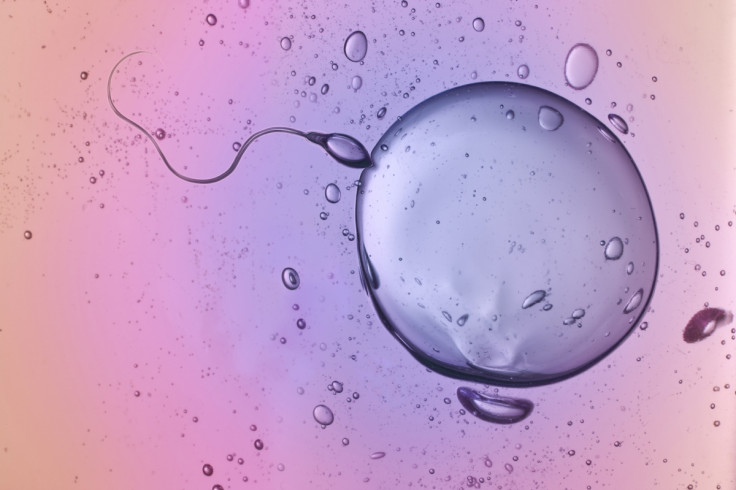International Donor Conception Awareness Day: Removing the stigma
IDCA Day aims to address these issues by providing a platform for families to share their stories and experiences using donor conception to start a family.

International Donor Conception Awareness Day, also known as IDCA Day, is celebrated annually on April 27th. This day is dedicated to removing the stigma and secrecy surrounding sperm and egg donations as well as to raising awareness about donor conception and its impact on families worldwide.
Donor conception refers to the use of donated sperm, eggs, or embryos to help individuals or couples who are unable to conceive naturally. This process has become increasingly common over the years, and millions of children have been born through donor conception.
Despite its prevalence, there are still many misconceptions and myths surrounding donor conception. Many families who have used donor conception to start a family face stigma and discrimination, and children born through donor conception may struggle with questions about their biological origins and identity.
IDCA Day aims to address these issues by providing a platform for individuals and families to share their stories and experiences, raising awareness about the challenges faced by those who have used donor conception to start a family.
The day is also an opportunity to advocate for greater transparency and ethical practices in donor conception. There have been cases where donors have been found to have fathered dozens or even hundreds of children, raising concerns about the potential risks of genetic diseases and disorders.
History of Donor Conception
The first successful pregnancy using donor insemination was reported in 1884 in the medical journal Lancet, but the use of donor sperm remained controversial and largely illegal until the 1970s.
In the United States, the first known instance of donor insemination took place in 1884, but the practice did not become widely used until the 1940s and 1950s. At that time, sperm banks began to appear, and donor sperm was used to help couples who were infertile or at risk of passing genetic disorders to their offspring.
In the 1970s, the development of in vitro fertilization (IVF) and other ART techniques expanded the possibilities of donor conception. Donor eggs and embryos became available, and the use of surrogates to carry donor embryos also became possible. The first successful pregnancy using a donor egg was reported in 1983, and the first birth of a child from a frozen donor egg occurred in 1986.
Today, donor conception is widely accepted as a legitimate means of achieving parenthood, and laws and regulations governing its use vary from country to country. However, ethical and social questions continue to be raised about the implications of donor conception for families and society as a whole.
IDCA Day serves as a reminder of the importance of access to information and support for individuals and families who have used donor conception. Many countries have different laws and regulations around donor conception, and families may face difficulties in accessing information about their donors or connecting with others who have had similar experiences.
Through events and activities around the world, IDCA Day aims to create a supportive and inclusive community for individuals and families affected by donor conception. It is a day to celebrate the resilience and strength of those who have used donor conception to start a family and to raise awareness about the ongoing challenges and barriers they face.
International Donor Conception Awareness Day is an important opportunity to raise awareness about donor conception and its impact on families worldwide. By promoting greater transparency, ethical practices, and access to information and support, we can help ensure that all individuals and families have the resources they need to build healthy and happy families.
British couple Jasmine Francis-Smith and Donna Francis-Smith were the first in the world to experience "shared motherhood" when their son was fertilised in one womb and brought to term in the other. Through the use of Swiss technology company Anecova's AneVivo, the donor sperm and Donna's egg were put in a capsule and put back into Donna's body for the fertilisation process. After around 18 hours, the fertilised egg was removed from Donna's womb and transferred to Jasmine's.
© Copyright IBTimes 2025. All rights reserved.






















